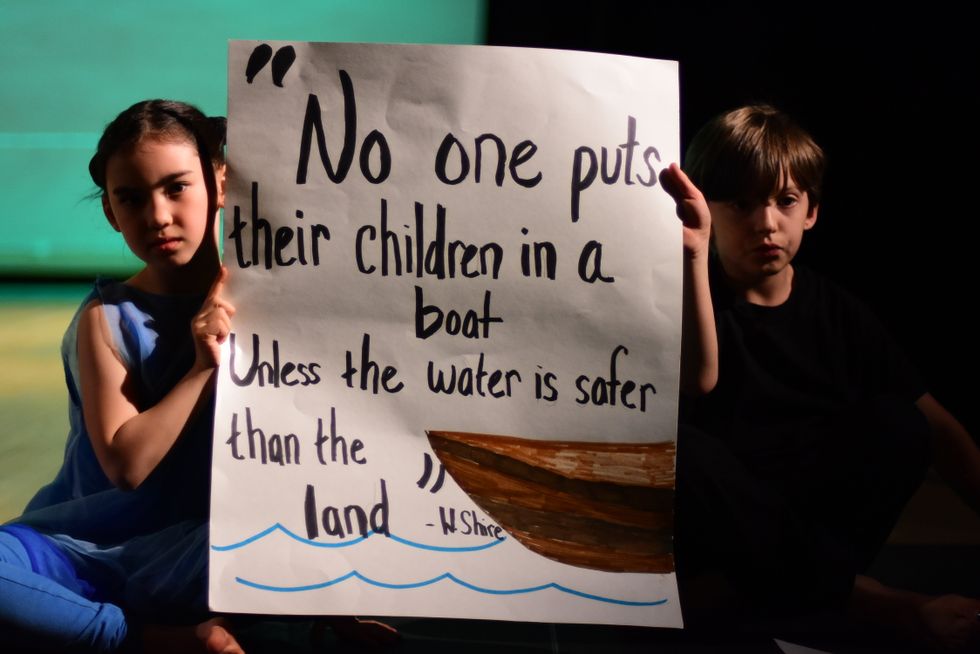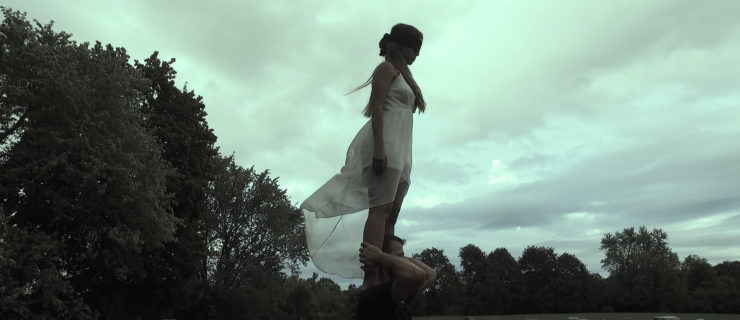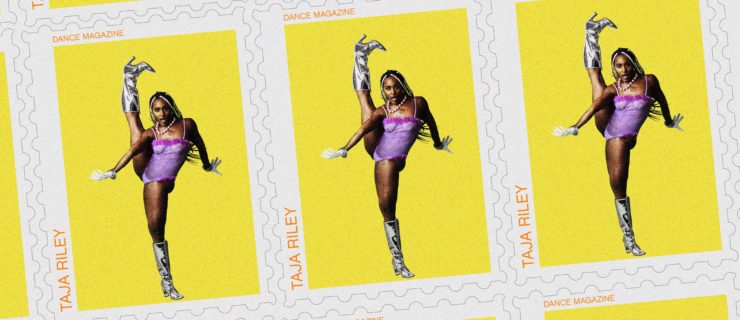How to Bring Activism Into the Studio—For Any Age Group
More and more, students are speaking out about the issues that matter to them, whether that’s climate change or gun violence. For young dancers, the studio or stage can be the perfect place to express these interests. But if you’re a teacher who has never tackled difficult topics in the classroom, getting started may feel daunting. Here’s how to introduce activism in a way that is safe and age-appropriate.
Let Students Lead
A simple way to make sure you are dealing with challenging topics wisely is to follow your students’ lead, says Lisa Pilato, artistic director of Loco-Motion Dance Theatre for Children, an after-school program in New York City for 5- to 18-year-olds. “We don’t answer a question a child isn’t old enough to ask. That said, you’re never too young. You can’t really keep a 10-year-old from learning about injustice. They already have an idea about what is racism, what is homelessness, and they’ve had lockdown drills in school.”
The older the student, the more nuance they can handle. But most issues can be broken down into simple concepts that even the youngest child can understand. “The lowest common denominator is, What is fair and equal? Young kids get that. You can ask them, Where do you feel safe? Where do you not?” says Pilato.
 Loco-Motion students in “Simple Truths”
Loco-Motion students in “Simple Truths”
Jennie Miller, Courtesy Loco-Motion
Do Your Research
You will feel more comfortable helping students navigate complex topics if you have a strong base of knowledge about those issues, says Pilato. She also suggests showing students videos of dance works that deal with political material, and bringing in other mediums such as music and visual art to show students a variety of ways that art can be used to express an opinion. For example, Pilato has her students work with protest songs. “We listen to the songs, we improvise to them, and then we sit down and talk about what we think they mean,” she says.
Make Time
When Los Angeles–based teacher Nancy Dobbs Owen choreographed the anti–gun-violence music video “Too Many Bodies,” she made sure to build in much more
rehearsal time than is typical for a film shoot. This allowed the dancers to become comfortable with one another and with the movement, so that when it was time to shoot they could dig into the emotional content without worrying about anything else.
“Usually we spend as little time as possible in the theater or on set. But when you’re dealing with a difficult topic, the space has to be safe,” Dobbs Owen says. Extra rehearsal is especially important, she says, for vulnerable physical work like partnering. Dobbs Owen also suggests having quiet spaces where dancers can go if they need a break.
Make Space
Helping dancers feel safe starts with an open rehearsal environment. “Recognize that your students have a point of view. Making space for that empowers them as artists and as people,” says Taylor Rodman, co-director of the Dallas-based Bombshell Dance Project, which runs a summer program for 15- to 18-year-olds. “Instill the idea that there’s no such thing as a wrong answer. Every voice, every opinion is valid.”
Bombshell encourages the young women in their program to be bold. They set aside time to connect with their students, often starting by asking what a dance means to them. “It’s about opening the floor to them without giving all the answers,” says co-director Emily Bernet.
Look out for signs that someone is struggling. “Sometimes a dancer may be getting upset, but they’re afraid to say it,” says Dobbs Owen. “Be very aware.”
 The women in Bombshell Dance Project’s program are encouraged to be bold.
The women in Bombshell Dance Project’s program are encouraged to be bold.
Mae Haines, Courtesy Bombshell Dance Project
Family Matters
Nervous about parents who may not be comfortable with their kids engaging with difficult subject matter? Bring them into the conversation, says Lisa Pilato, artistic director of Loco-Motion Dance Theatre for Children. Write a letter or hold a group meeting with parents. If activism is something you want to address regularly, consider making that part of your public mission statement. “Let parents know that what you do in the studio has a direct correlation to the outside world, and when kids engage in social justice they build a bridge between the injustice they see and the solutions they may someday create,” she says.




